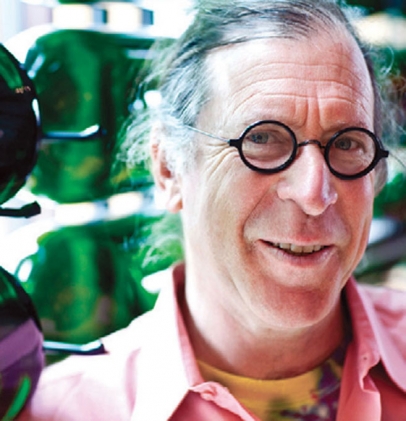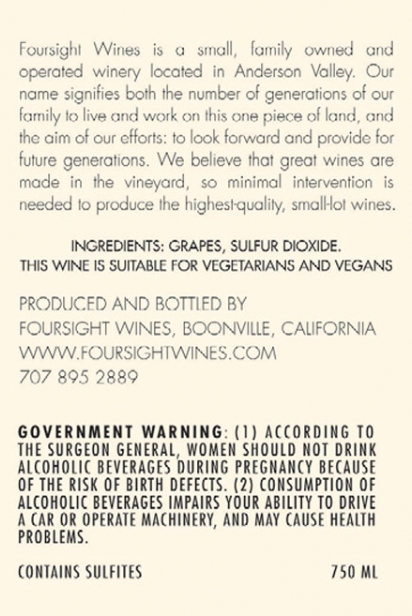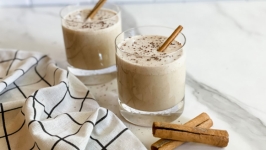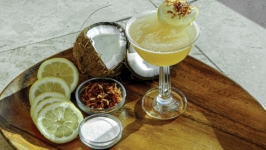Natural Wine 101
Ever since wine was first made 8,000 years ago, natural wines have existed. But the natural wine movement is a relatively new phenomenon.
No single individual can be attributed to this movement. Instead, dozens of people contributed to the awareness that has blown up in the last few years as winemaking and viticulture has become increasingly industrialized.
A natural wine is a wine made in small quantities, by an independent producer, on low-yielding vineyards, from handpicked, organically grown grapes. They are made without added sugars or foreign yeasts, without adjustments for acidity, without micro-oxygenation or reverse osmosis. Most natural wines are neither filtered nor fined. If sulfur dioxide is added, it will be only at bottling and only in the tiniest quantities.
Natural is a philosophy – nurturing biodiversity while embracing and observing nature, rather than fighting to control it. Vines grown for the long term on a soil with a healthy and diverse microbiology will have a more balanced life. When necessary, they will be able to rely on their own immune system to fight off disease and produce grapes that are healthy without any added assistance.
STERILE WINES?
We celebrate the unpasteurized, stinky cheese Époisses for its uniqueness, and fresh apple cider for its cloudiness. Yet many insist on wine that is sterile and consistent, regardless of how it was grown or made. Herein lie the challenges.
There is a list of permitted wine additives and processes that the Alcohol and Tobacco Tax and Trade Bureau (TTB), with FDA oversight, authorizes for the treatment of wine. These are substances added to wine that will remain and become part of the finished product. Wine is one of the few food industries not regulated by labeling laws. As we as a nation become increasingly aware of what we eat, it seems odd that we are not yet asking the same questions of what we drink.
Many growers are leery that consumers will look behind the curtain and focus on strategies used to repair fruit that may not have been up to snuff. Don’t you want to know if your wine includes the addition of acid, usually tartaric or ascorbic, to brighten the wine and restore its chemical balance? How about such methods as spinning cones and reverse osmosis to lower alcohol levels? Or the presence of oak chips or other products to create a woody flavor instead of the use of expensive new barrels? And what about the use of a wide array of enzymes, yeast nutrients and various other synthetic chemicals?
AVOIDING ADDITIVES
Most talented winemakers see themselves as non-interventionist, or natural. They try to use as few additives as possible and as little manipulation as they can. However, most of them have to compromise at some point. Where and why they make that compromise depends on what they are trying to achieve and how much they are prepared to risk in order to achieve it.
Conventional winemakers claim that the many chemicals used in the production of their wines are present in the bottle in harmlessly small quantities. In natural wine, nothing is present that has not come from the grape.
A wine is not great simply because it is natural. Not every vineyard is capable of producing a great wine. But organic farming and natural winemaking are the ways to get the best out of a vineyard, whatever its potential.
There are a contingent of courageous winemakers that put an ingredient list on their bottles even though they are not required to, including Randal Grahm of Bonny Doon, Paul Drappier at Ridge, and a larger outfit called Foursight Wines. In my opinion, there are far too few, so I will keep looking for the non-manipulated versions called Natural.










